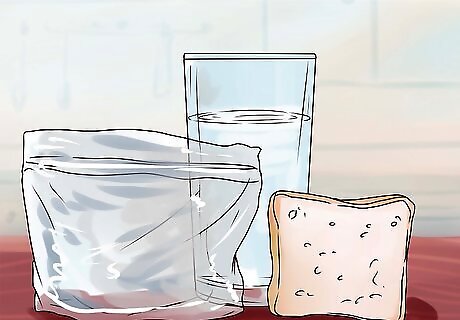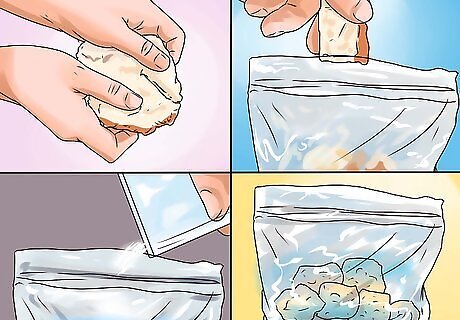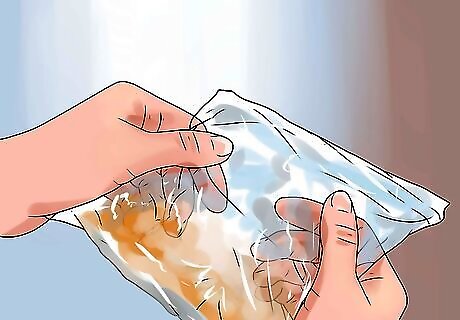
views
Simulating Stomach Acid With Kitchen Ingredients

Use a cup of plain, white vinegar. While vinegar is not as acidic as stomach acid, it can be used to simulate what a stomach does in a simple experiment. To use it, simply fill a cup with vinegar, and drop what you want to test into the cup. Make sure the cup has enough vinegar in it to cover the object. The pH scale goes from 0 (extremely acidic) to 15 (extremely basic). Water is neutral at 7. The acidity of stomach acid is usually in the range of 1 to 3 on the pH scale. It can decrease in acidity as food enters the stomach. Similarly, vinegar has a pH of about 2.8.

Try lemon juice. Like vinegar, lemon juice can be used to simulate stomach acid. Bottled lemon juice tends to be more stable in its pH than fresh squeezed, though you can use either. Lemon juice is at about a 2 on the pH scale. Lime juice is on par with lemon juice, at about 2 on the pH scale.

Use orange juice. Orange juice isn't quite as acidic as lemon juice. It's about a 3 on the pH scale. However, it will do in a pinch, as it is still acidic. Grapefruit juice is on a similar level to orange juice and can also be used; the canned version is slightly more acidic.
Drop food or substances into your simulated stomach acid. You might drop 1 uncoated and 1 coated aspirin into the cup. Note that the uncoated aspirin will dissolve, while the coated aspirin will not. Another option is to try pieces of food, such as bread or cereal. Since the amount of time it takes to break down food can vary, set a time and observe the breakdown process. Stop the timer when the food breaks down. Take notes about the process, such as how long it takes, what you observe, and the conditions of the experiment, such as the room temperature and how much acid you used.
Simulating the Stomach Physically

Gather your materials. For this type of experiment, you can simulate a stomach with a strong zip-top plastic bags. Freezer bags are usually stronger than regular bags. You'll also need water (or one of the liquids from the first section) and food (bread works well). While using water doesn't simulate stomach acid, most foods will break up in water eventually, especially bread or crackers. You also may want to wear latex gloves for this experiment, as well as put down newspaper or paper towels.

Combine the ingredients. Tear the food into larger pieces to simulate the teeth breaking it apart. Add the food to the bag. Pour in enough liquid to cover the bread. Squeeze out the extra air, and zip up the bag.

Make the stomach action. Gently squeeze the bag back and forth. This motion simulates how the stomach works. Keep working at it until the food is mostly broken apart.

Decide if you want to continue the experiment. At this point, you can end the experiment, as you've simulated the stomach. However, you can also simulate the small intestine. For this part of the experiment, you'll need a single stocking, with the foot cut out. Scoop the food in one end. Squeeze the food down the stocking, noticing how liquid comes out through the stocking as you go. When you've reached the other end, squeeze the food out onto a plate, simulating how food is turned into feces and squeezed out of the anus.

















Comments
0 comment